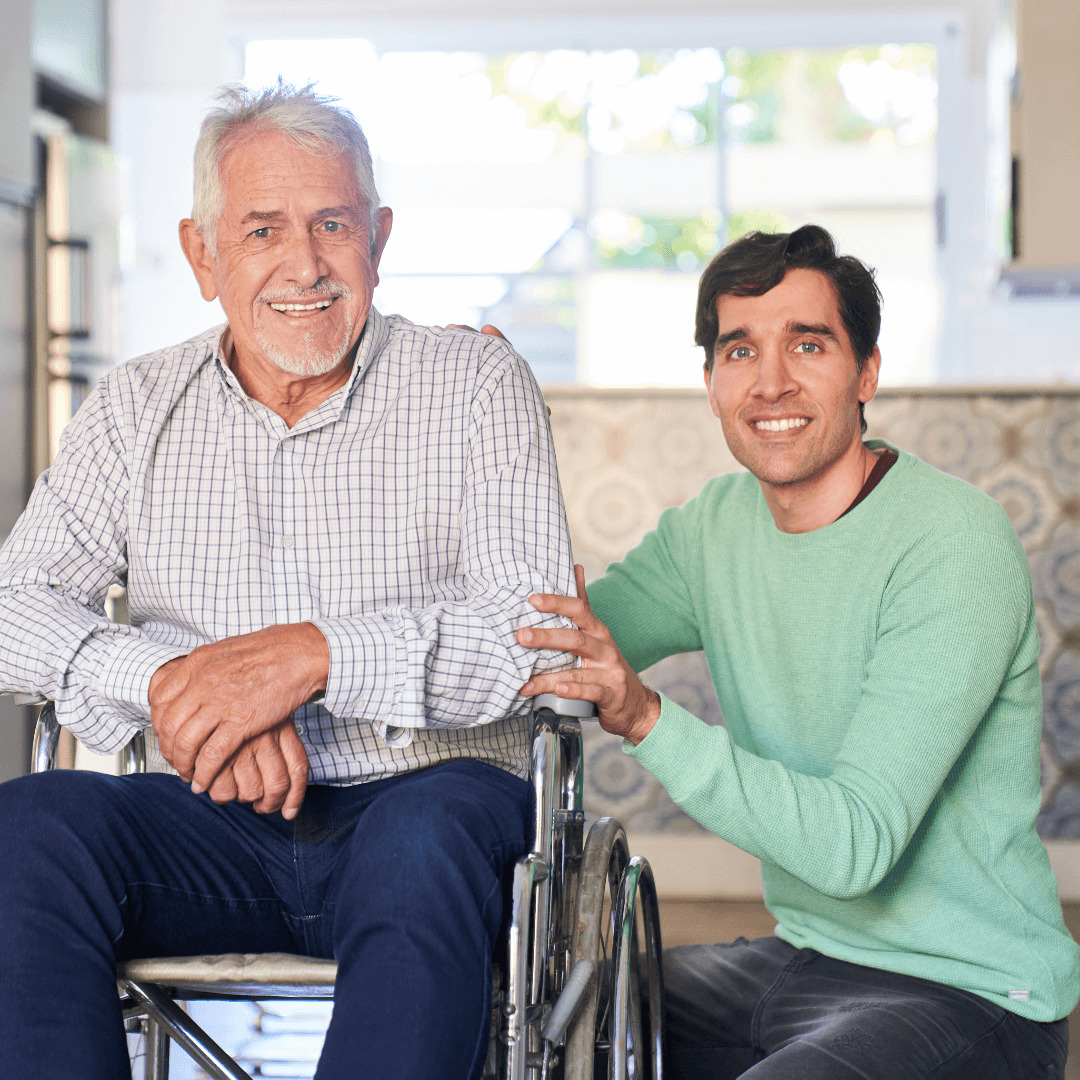Our Process and Its Benefits
No one person is exactly like the next. Not their preferences, their personality or their care needs. Customizing a care plan for a senior citizen requires a comprehensive and individualized approach, taking into account their unique needs, preferences, and circumstances. Customized care planning for senior citizens leads to better physical and mental health outcomes but also promotes dignity, independence, and an overall improved quality of life for seniors. Additionally, these care plans can provide peace of mind and support for family caregivers, leading to a more positive caregiving experience.
It’s important for the care team to fully assess & understand the person in their care to create a senior care plan that is comprehensive and thorough. This involves many steps and many assessment areas. The evaluation may include the following:
Assessment and Evaluation
Conduct a thorough assessment of the senior’s physical, mental, and emotional health. Consider factors like chronic illnesses, disabilities, and cognitive abilities.
Medical Needs
Consult with family and healthcare professionals (where appropriate) to understand and address any medical conditions or medications the senior may have. Ensure regular check-ups and medication management.
Nutritional Needs:
Determine dietary preferences, restrictions, and any nutritional requirements. Plan balanced and nutritious meals to maintain good health.
Mobility and Exercise:
Assess mobility limitations and develop an exercise plan that promotes strength, flexibility, and overall well-being. Consider adaptive equipment if needed.
Safety Measures:
Identify potential hazards in the senior’s living environment and implement safety modifications, such as handrails, non-slip flooring, and smoke detectors.
Social and Emotional Well-being
Address social isolation by encouraging social activities, visits from friends and family, or participation in senior community programs. Promote mental stimulation and engagement through hobbies, puzzles, or games.
Personal Care Assistance
Determine the level of assistance needed for activities of daily living (ADLs) like bathing, dressing, toileting, and grooming. Determine daily/weekly/monthly recommendations for caregiving support.
Medication Management
Learn the client’s medication schedule, ensure proper storage, and provide reminders or assistance with medication administration as required.
Transportation and Mobility
Assess transportation needs for medical appointments, grocery shopping, and social activities. Explore options such as public transit, senior transportation services, or arranging for family assistance.
Advance Directives and Legal Matters
Ensure that the senior has legal documents like a living will, durable power of attorney, and healthcare proxy in place. Secure contact information for emergency contacts. Discuss their end-of-life preferences with all individuals providing caregiving support.
Cultural and Religious Considerations
Respect the senior’s cultural and religious beliefs and incorporate them into the care plan where relevant, such as dietary restrictions or spiritual activities.
Respite Care
Consider the needs of family caregivers and arrange for respite care services to provide temporary relief and prevent burnout.
Regular Review and Adjustment
A senior’s needs can change over time, so regularly review and adjust the care plan accordingly. Stay in close communication with healthcare professionals (if appropriate) and, especially family members.
Emergency Planning
Develop an emergency plan that includes contact information for healthcare providers, family members, and neighbors. Ensure easy access to emergency services.
Quality of Life Goals for the senior care plan
Discuss the senior’s goals and preferences for their quality of life, including where they wish to receive care (e.g., at home, in an assisted living facility, or a skilled nursing facility).
Remember that each senior is unique, and their care plan should be tailored to their specific needs and preferences. It’s essential to involve the senior in the decision-making process as much as possible and to regularly revisit and adjust the care plan as their needs change. Collaboration with healthcare professionals, where appropriate) and family members is crucial to providing the best possible care.
